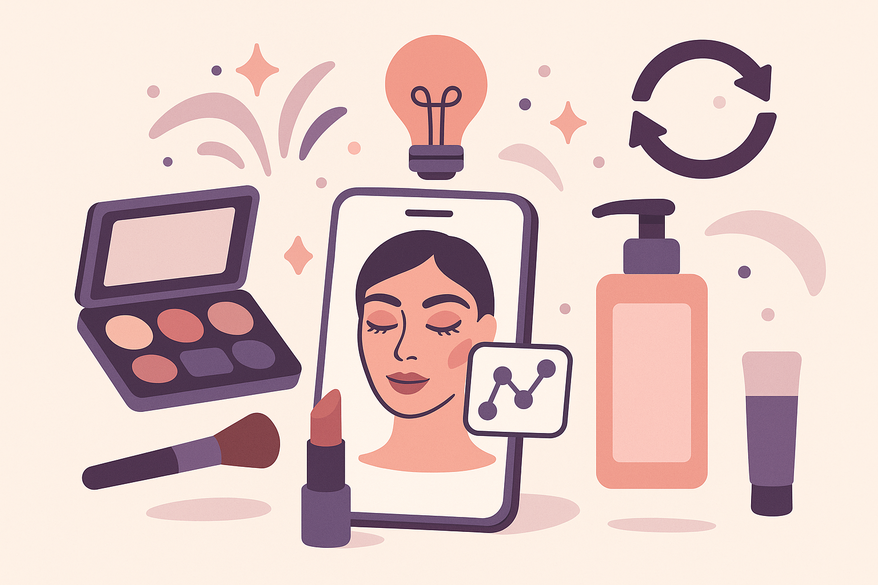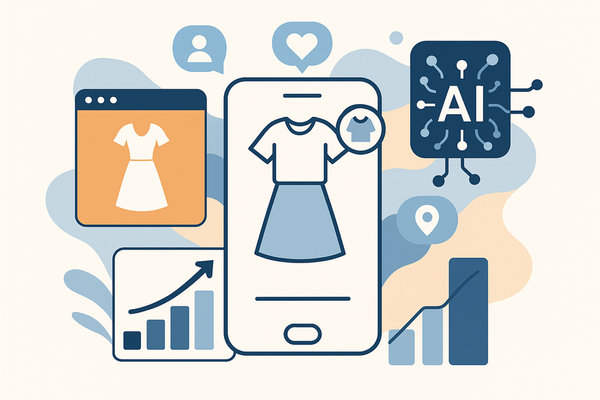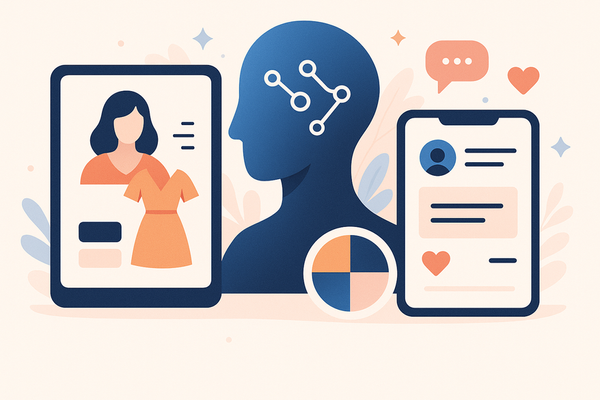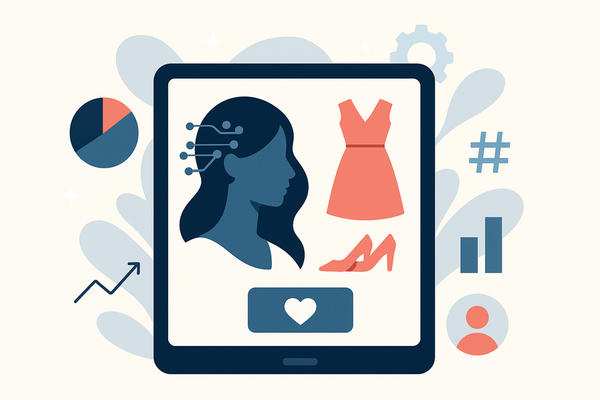AI Makeup Transformation: Revolutionizing Virtual Beauty
Explore AI makeup transformation: revolutionizing beauty with personalized virtual try-ons, reducing waste, and enhancing creativity.

Estimated reading time: 10 minutes
Key Takeaways
- Realistic Digital Makeovers: AI leverages facial recognition, machine learning, and image synthesis to simulate makeup with lifelike precision.
- Efficiency & Sustainability: Virtual try-ons reduce product waste by up to 30% and streamline discovery with instant visualization.
- Personalization & Creativity: Tools recommend shades based on skin tone and allow risk-free experimentation with bold trends or celebrity looks.
- Industry Adoption: Major brands like Estée Lauder, Shiseido, L’Oréal’s ModiFace, and Olay integrate AI for enhanced customer experiences.
- Technical & Ethical Challenges: Developers must address accuracy in diverse lighting, data privacy, computational costs, and algorithmic bias.
- Future Innovations: Expect deeper personalization, immersive AR/VR experiences, AI chatbots, and open-source frameworks for inclusivity.
Table of Contents
- Introduction to AI Makeup Transformation
- Background & Evolution of Virtual Makeup
- How AI Makeup Transformation Works
- Benefits & Advantages of AI Makeup Transformation
- Real-World Applications & Case Studies of AI Makeup
- Challenges & Limitations of AI Makeup Transformation
- Future Trends & Innovations in AI Makeup Transformation
- Conclusion: AI Makeup Transformation Driving Beauty Innovation
- FAQ
Introduction to AI Makeup Transformation
AI makeup transformation combines facial recognition, machine learning, and advanced image processing to digitally apply or adjust makeup in photos and live video. Users can try on looks—from foundation matching to dramatic contouring—without a single brush stroke, complementing traditional guides like makeup tips for beginners guide.
The rise of AI in beauty is driven by breakthroughs in high-precision face-landmark detection, neural style transfer, and real-time rendering. Today’s digital makeovers track movements, expressions, and lighting to deliver results almost indistinguishable from physical application.
Consumers appreciate time savings and reduced waste, while makeup artists and influencers harness these tools for creative freedom and shareable content. Far from a fad, AI makeup transformation is shaping a smarter, more sustainable future in beauty.
Background & Evolution of Virtual Makeup
The journey began over a decade ago with simple color-matching kiosks and static AR filters that roughly overlaid lipstick or blush. Early systems scanned skin tone under controlled light and suggested foundation or concealer options.
With real-time facial analysis, brands like ModiFace (acquired by L’Oréal in 2018) introduced dynamic AR overlays that followed users as they smiled, blinked, or turned their heads—significantly boosting realism.
The advent of generative adversarial networks (GANs) enabled style transfer, allowing users to borrow a celebrity’s eye look or an influencer’s bold lip instantly. Today’s AI+AR platforms cut product waste by up to 30%, minimizing testers and returns.
How AI Makeup Transformation Works
- Step 1: Facial Recognition
• Computer vision algorithms detect 68+ key landmarks—eyes, brows, nose, lips, jawline—creating a precise 3D mesh.
• Adaptive calibration handles head tilt, rotation, and varied lighting via neural networks.
• Real-world example: Virtual blush stays perfectly aligned even as you move side to side. - Step 2: Machine Learning Models
• Supervised models train on tens of thousands of annotated images to classify skin undertones and facial features.
• These models power personalized shade recommendations and finish adjustments.
• Expert tip: Diverse datasets ensure fairness and accuracy across all skin tones. - Step 3: Image Processing & Synthesis
• Rendering engines layer colors, opacities, and finishes (matte, satin, shimmer) onto the facial mesh.
• GANs enable seamless style transfer, blending textures and light for hyper-realism.
• GPU acceleration—either in the cloud or on device—maintains 30+ FPS for live video try-ons.
By weaving together computer vision, deep learning, and real-time rendering, AI makeup tools deliver hyper-realistic virtual experiences that boost purchase confidence.
Benefits & Advantages of AI Makeup Transformation
Personalized Styling
• AI analyzes facial geometry, skin tone, and style history to suggest complementary palettes.
• Brands gain data-driven insights, reducing R&D waste by up to 25%.
Convenient Virtual Try-Ons
• Instantly experiment with hundreds of shades—no samples required.
• Side-by-side comparison highlights finish and hue differences, speeding up decisions.
Enhanced Creativity
• Test bold or seasonal trends—neon liners, holographic gloss—risk-free.
• Digital mood boards let users save and share multiple looks.
• Techniques from How to Contour for Your Face Shape can be previewed and refined digitally.
Consumer & Professional Impact
• Everyday users access salon-quality advice via apps or smart mirrors.
• Pros use AI for pre-session planning, digital portfolios, and client consultations.
Real-World Applications & Case Studies of AI Makeup
Estée Lauder’s Virtual Makeup Assistant
AI-powered app guides foundation blending, eye contouring, and lip lining with live overlays—users report 25% faster routines and higher satisfaction.
Source: Bold Blind Beauty
Shiseido Virtual Artist
Mobile AR try-on with live skin analysis suggests skincare and makeup products; pilot tests saw a 35% uplift in cross-sell.
Source: The Ultimate Makeup Service of 2023
ModiFace (L’Oréal)
GAN-powered look transfer lets users apply celebrity-inspired styles to selfies; pros convert virtual looks into in-person sessions.
Source: Virtual Makeup Options: An In-Depth Look
Olay Skin Advisor
AI analyzes skin age and concerns, then pairs analysis with virtual makeup try-on for a holistic beauty plan.
Source: Bold Blind Beauty
Challenges & Limitations of AI Makeup Transformation
- Accuracy Issues
Under low light or with complex makeup, landmark detection can falter, misplacing overlays. Biased training data may yield less accurate matches for underrepresented skin tones. Source: Virtual Makeup Options. - Data Privacy Concerns
Facial scans are sensitive biometric data. Brands must implement GDPR-compliant consent flows, encryption, and clear retention policies. - Computational Demands
High-fidelity GAN processing requires significant GPU or cloud resources. Mobile latency can lead to choppy live try-ons. - Areas for Improvement
– Expand diverse datasets to boost fairness.
– Refine real-time landmark models for greater speed and precision.
– Optimize rendering for low-power devices.
– Incorporate user feedback loops to continuously improve accuracy.
Future Trends & Innovations in AI Makeup Transformation
Deeper Personalization
AI will blend purchase history, seasonal trends, lifestyle data, and local climate to suggest products—predicting needs before users realize them. Source: The Future of Beauty: AI's Role in Revolutionizing Makeup.
Immersive AR/VR Experiences
AR glasses and VR headsets will enable 360° makeup trials from every angle, while virtual beauty lounges in the metaverse host live tutorials and social try-on parties.
AI-Powered Beauty Advisors & Chatbots
Conversational AI will guide users through routines and tutorials via chat or voice, offering instant previews on demand.
Expanded Accessibility & Inclusivity
Open-source frameworks and community-driven datasets will ensure equal performance across all skin tones and facial structures, reducing algorithmic bias.
Conclusion: AI Makeup Transformation Driving Beauty Innovation
AI makeup transformation is redefining beauty by making discovery personalized, efficient, and endlessly creative. From early color-match apps to today’s GAN-powered virtual studios, AI has become a trusted tool for consumers, professionals, and brands.
This technology cuts waste, boosts satisfaction, and empowers expression. As AR and VR experiences become more immersive and inclusive, AI will continue unlocking new possibilities—offering every user a precise, privacy-conscious path to their best look.
FAQ
- What is AI makeup transformation?
AI makeup transformation uses facial recognition, machine learning, and image processing to digitally apply or adjust makeup in photos or live video. - How accurate are virtual try-ons?
Accuracy depends on lighting, model training, and device performance. Advances in landmark detection and diverse datasets are improving precision across skin tones. - Is my data safe when using these apps?
Reputable platforms implement GDPR-compliant consent, encryption, and clear retention policies to protect biometric data. - What can we expect in the future?
Look for deeper personalization, immersive AR/VR beauty lounges, AI chatbots, and open-source tools that ensure inclusivity and accessibility.





